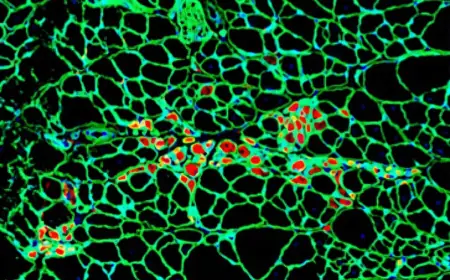Ancient Beliefs of Eid al-Adha: A Treasure from Folk Traditions
Folk Rituals and Symbolism Around the Feast of Sacrifice

Among the Turkmen people, various folk beliefs and customs connected with Eid al-Adha (Gurban Bayram) have been passed down orally for generations. These traditions are not based on official religious texts but stem from local folklore and popular spirituality. Although they differ from region to region, they share a deep connection with the cultural worldview of the community.
Let’s briefly explore the meaning behind each belief:
1. Swinging on Eid — a sign of forgiveness
“If you swing during Gurban Bayram, your sins will be washed away.”
Swinging symbolizes spiritual and physical renewal. This act, also seen in celebrations like Nowruz, reflects a form of purification.
2. Burying hair during the Eid month — brings blessings
“Burying hair during the month of Gurban is considered virtuous.”
Hair-burying rituals are common in Turkmen culture. When performed during a sacred month, it is believed to bring even more spiritual reward.
3. For a speech-delayed child — the seven tongues ritual
“If a pregnant woman eats tongue, the child will be eloquent… To treat speech delay, feed the child the tongues of seven sacrificial animals, from seven different houses.”
This belief is part spiritual healing and part folk remedy. The number seven adds mystical value, and the tongue symbolizes communication.
4. Wrapping intestines — for a child who cannot walk
“Wrap the legs of a child who cannot walk in the intestines of a sacrificial animal.”
Warm intestines are believed to stimulate circulation and movement. This reflects folk medicine’s mix with ritual symbolism.
5. Lamb meat — considered healing
“Lamb sacrificed on Eid is thought to be medicinal…”
The lamb represents innocence and purity. Its meat is believed to hold curative powers, especially when consumed with good intentions — often accompanied by a ritual chant.
6. Blood on the forehead — for protection
“The blood from the animal’s throat is smeared on the forehead.”
In many cultures, blood is seen as sacred. Here, it’s used symbolically to transfer protection and blessings from the sacrifice to the person.



























